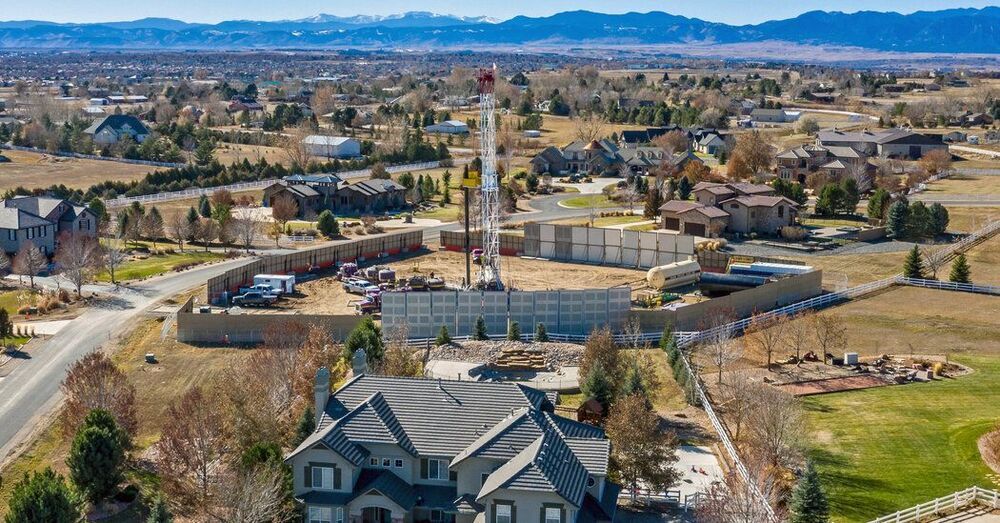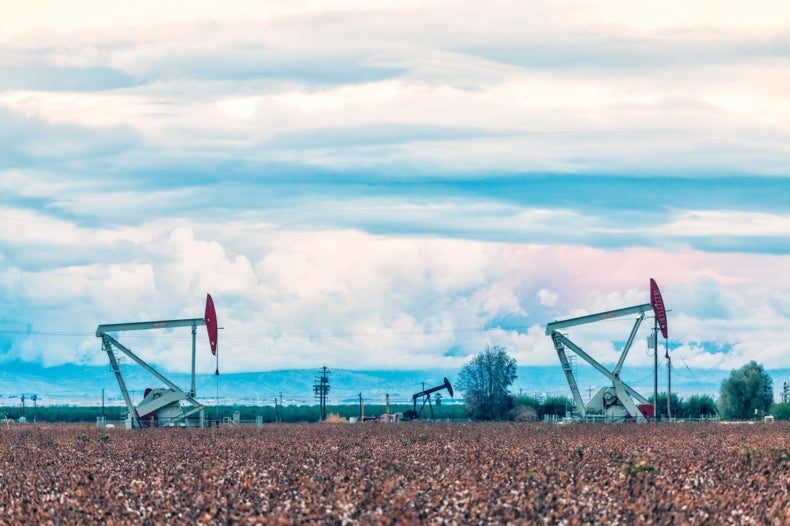
“The Obama administration is essentially letting oil companies frack at will in Gulf ecosystems and dump billions of gallons of oil waste into coastal waters,” adds Kristen Monsell, a Center attorney. “When I first called EPA… they basically responded to me that they don’t keep track of and they don’t know,” Sakashita said. “Fracking has largely been in a shroud of secrecy,” Miyoko Sakashita, the oceans director at Center for Biological Diversity, said, before adding “It is a dangerous activity that has no place in our oceans or the Gulf of Mexico.”Īccording to Sakashita, the US Environmental Protection Agency, (EPA) “didn’t really know what chemicals - and still doesn’t know what chemicals - are being discharged into the Gulf of Mexico,” which is a damning verdict on the US regulator. Finally, in April this year, a new scientific study found high levels of 16 endocrine disruptors in samples taken near a fracking site.Īnd now it seems fracking waste-water has been dumped at sea without anyone’s knowledge or oversight.

The Trust warned it is “particularly concerned about the use of hormone-disrupting chemicals” commonly known as endocrine disrupting chemicals (EDCs).Īnd then last October new research found that fracking chemicals are linked with a decreased sperm count in adulthood. The report identified specific examples of hazardous materials used in fracking, including chemicals “associated with leukaemia in humans” and “toxic to sperm production in males”. Just over a year ago, the UK-based CHEM Trust issued a report and briefing paper on how toxic chemicals from fracking could affect wildlife and people. Over the last eighteen months there has been growing concern about fracking chemicals contained within fracking waste-water. There is real reason to be worried by this dumping. In so doing, the industry was also allowed to dump a staggering 76 billion gallons of waste fluid into the sea in 2014 alone. The newly released documents reveal that fracking occurred off the coasts of Texas, Louisiana, Mississippi and Alabama with no public involvement and with no site-specific tests undertaken beforehand. The Gulf has already been suffering from decades of conventional oil and gas drilling as well as the aftermath of the devastating Deepwater Horizon blowout in 2010, when millions of gallons of oil were spilt.


The Centre for Biological Diversity has released federal documents that reveal that officials approved over 1,200 offshore fracks in 630 different wells in the four years from 2010 to 2014 in the Gulf of Mexico. As the US shale industry comes under increasing scrutiny for its environmental and health impact, it has emerged that the US has secretly approved fracking offshore leading to billions of gallons of waste-water to be dumped at sea.


 0 kommentar(er)
0 kommentar(er)
